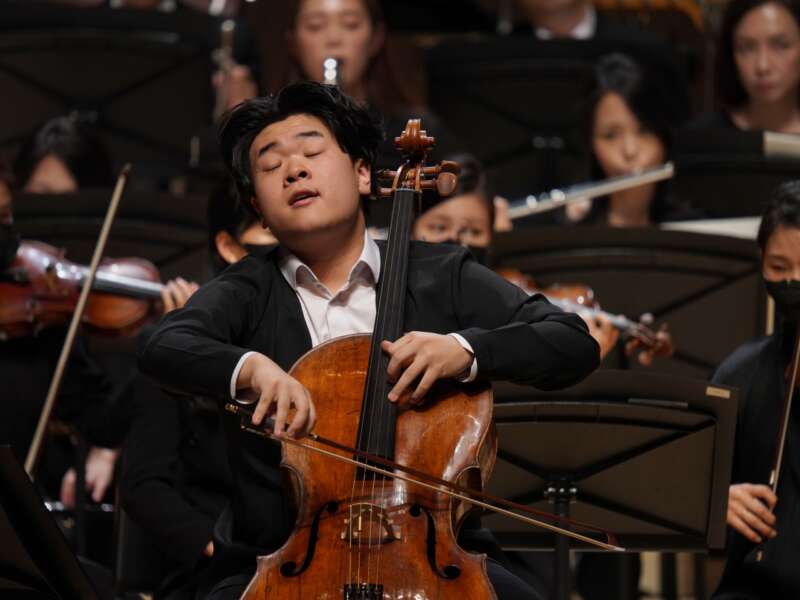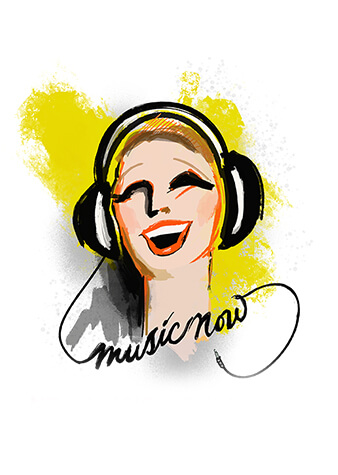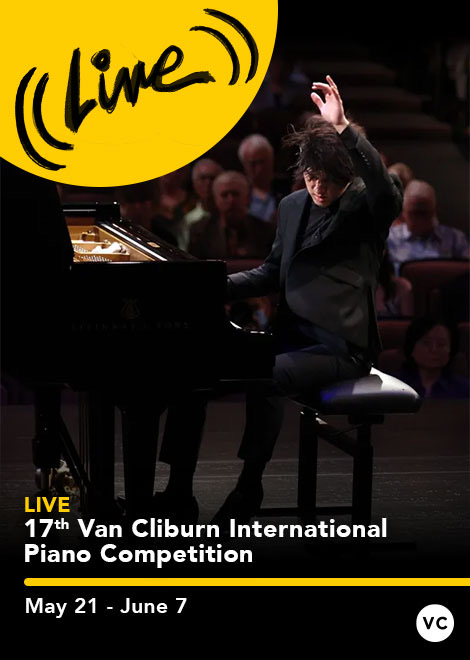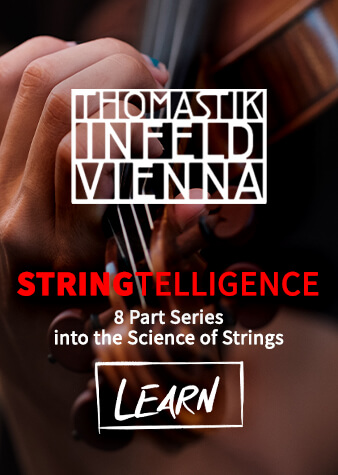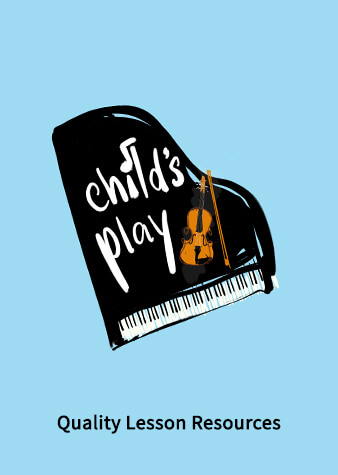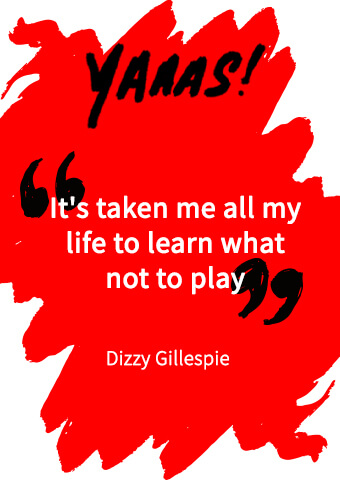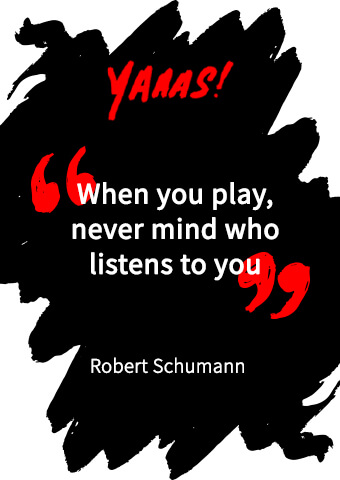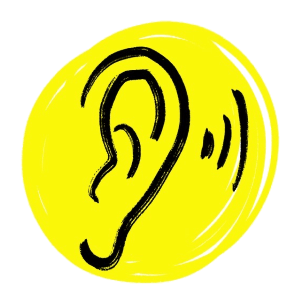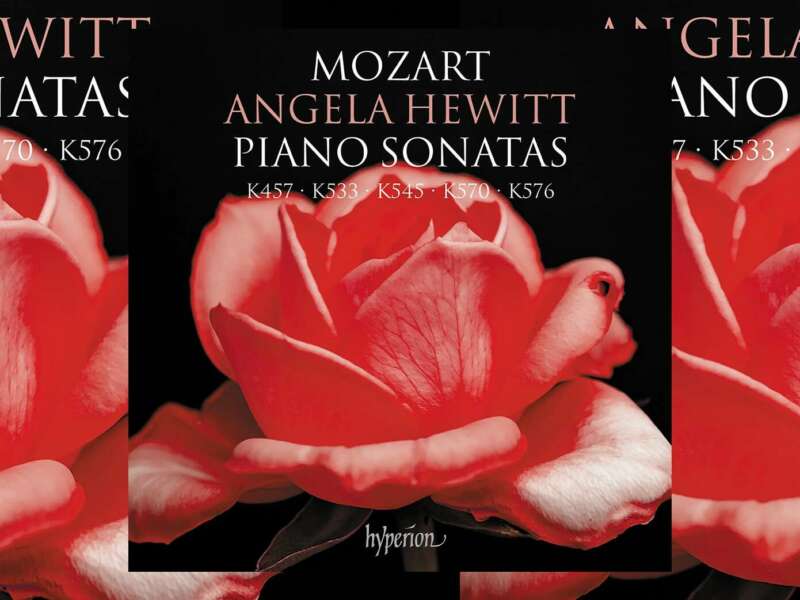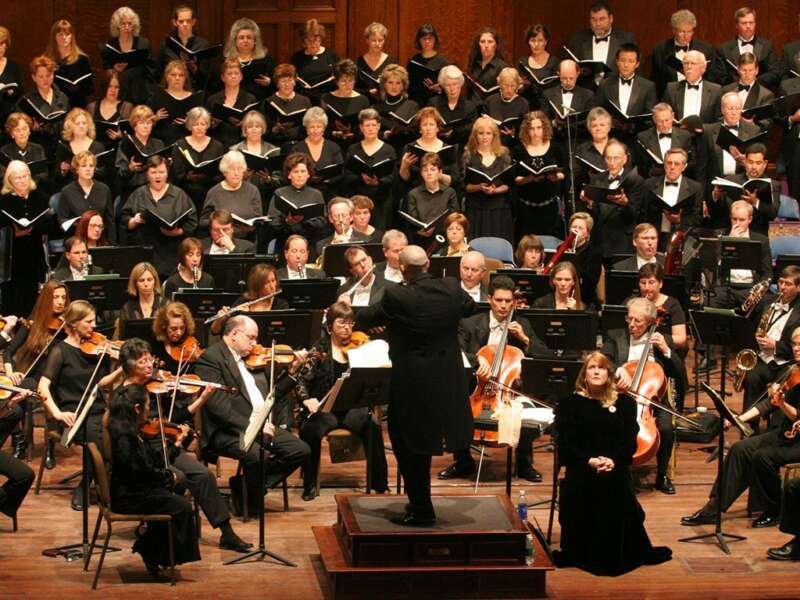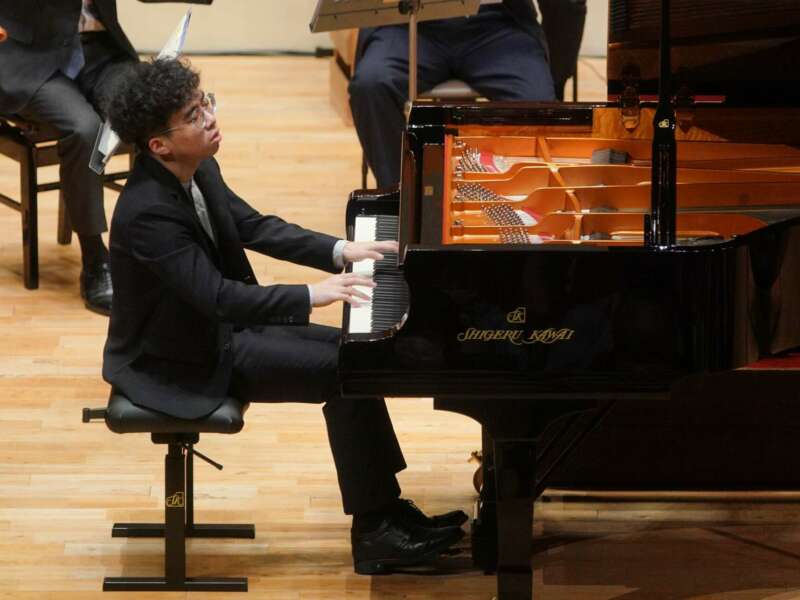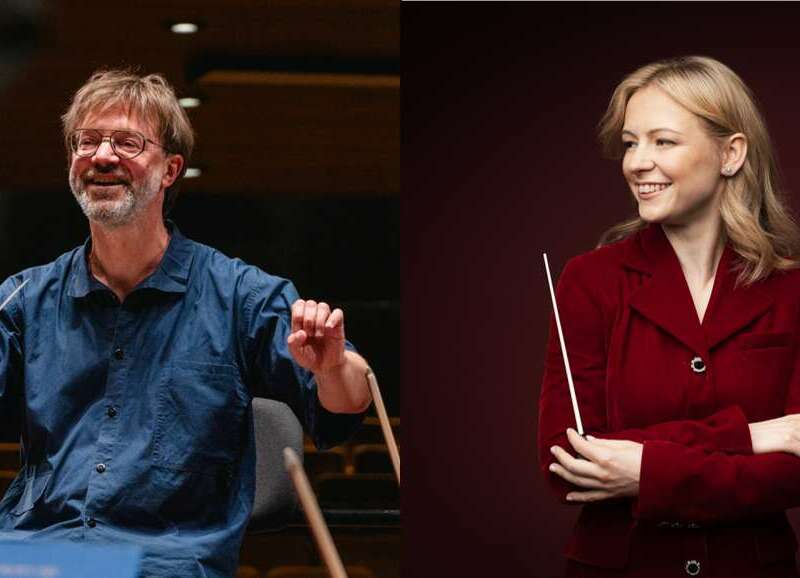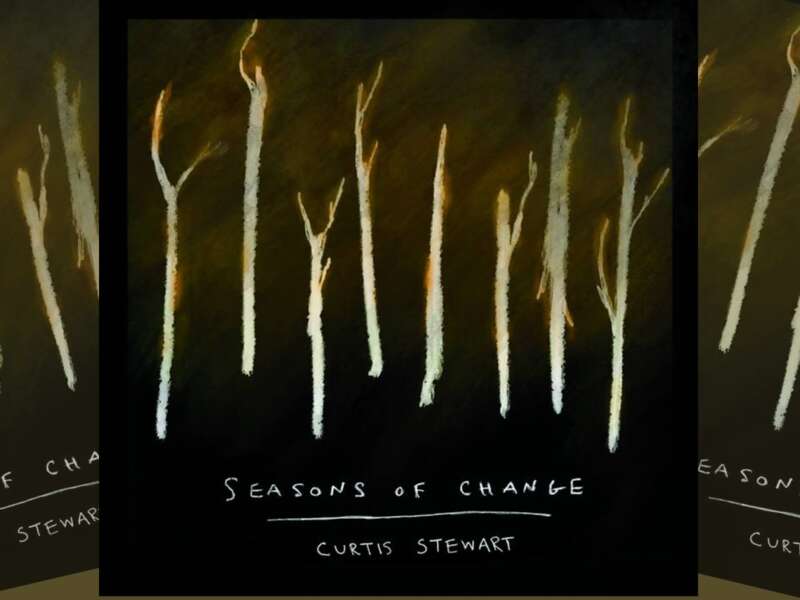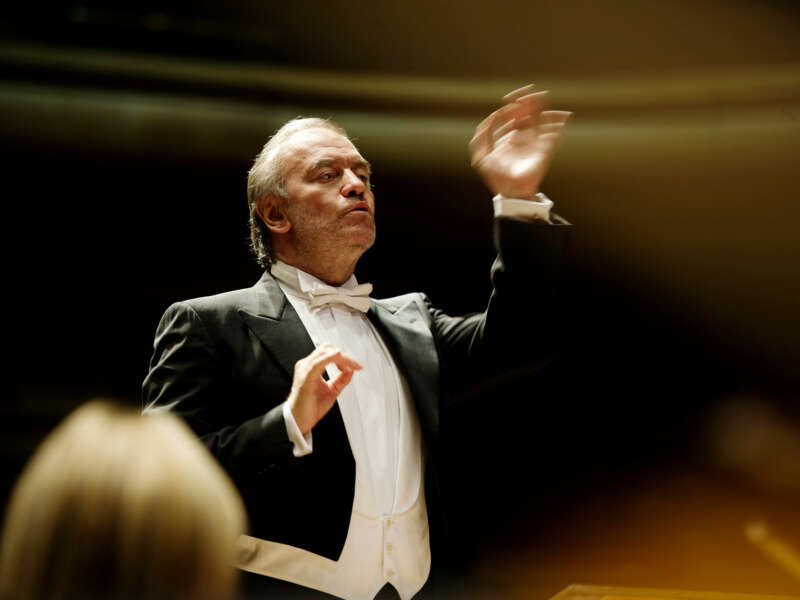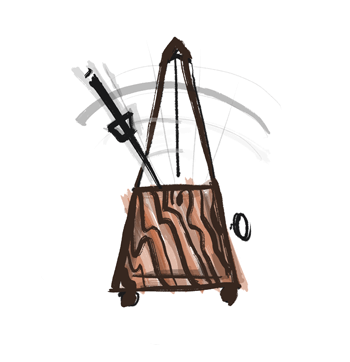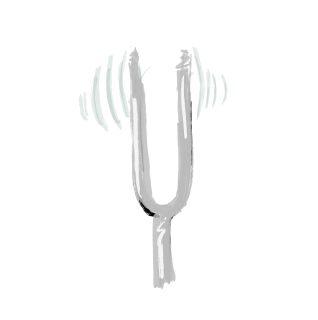Simon Morris on Beares Publishing's "Antonio Stradivari: The Complete Works"
The new six-volume collectors' edition book set is exploring all known Stradivari instruments
To mark the Italian luthier Antonio Stradivari’s 380th birthday anniversary, Beares Publishing, in partnership with London’s J. & A. Beare, has released its new hardcover book series, Antonio Stradivari: The Complete Works.
Published in six volumes, it is the most extensive collection of Stradivari’s masterpieces ever assembled and will allow all violin experts, including instrument dealers, researchers, and collectors, equal access to an invaluable archive.
To purchase Antonio Stradivari: The Complete Works, click here. The book is available as a Deluxe Edition and as a Library Edition.
We caught up with Simon Morris of Beares Publishing to find out more about the collection.

Why did you embark on this project?
We recognized a unique opportunity to make greater use of a rare collection of records from J&A Beare, W.E. Hill & Sons, and others, to which we had exclusive access. Our aim was to create a definitive record of all Stradivari’s work, bringing transparency to his output and the market. But it was more than just that. We wanted these books to be a work of art in themselves; a worthy testament to Stradivari’s legacy.
What were the greatest challenges to completing this release?
Well, to be completely frank, if we had known how big the challenge would be – the enormous mountain we would have to climb – then we would have thought twice about starting. We initially thought there were about 650 instruments, but tracking down each 'Strad' mentioned in literature and archives led us to almost two hundred more. Many instruments have been recorded under different names and dates, making research even more complicated. In the end, we included 845 provenances, which took us nine years due to historical mix-ups and embellishments.
On a related note, at the end of the sixth and final volume, we included two indexes—one lists all the different names given to the instruments. We hope this will help readers find the right instrument across the volumes.
Who is the publication for?
I would describe "Antonio Stradivari: The Complete Works" as a thorough celebration of Stradivari’s genius, tailored for anyone eager to understand his legacy. It’s crafted for connoisseurs, violin makers, players, collectors, and researchers looking to explore every detail of Stradivari’s instruments. Alongside the photographs, we’ve included the history and provenance of each instrument, giving readers insight into Stradivari’s craftsmanship and the remarkable journeys these violins have taken over the centuries.
This publication addresses gaps left by earlier works, providing an organized and accessible format that casual enthusiasts can enjoy, while also ensuring seasoned experts find the detail they need. For anyone connected to the world of fine violins, it is more than just a reference; it’s a chance to fully engage with Stradivari’s artistry.
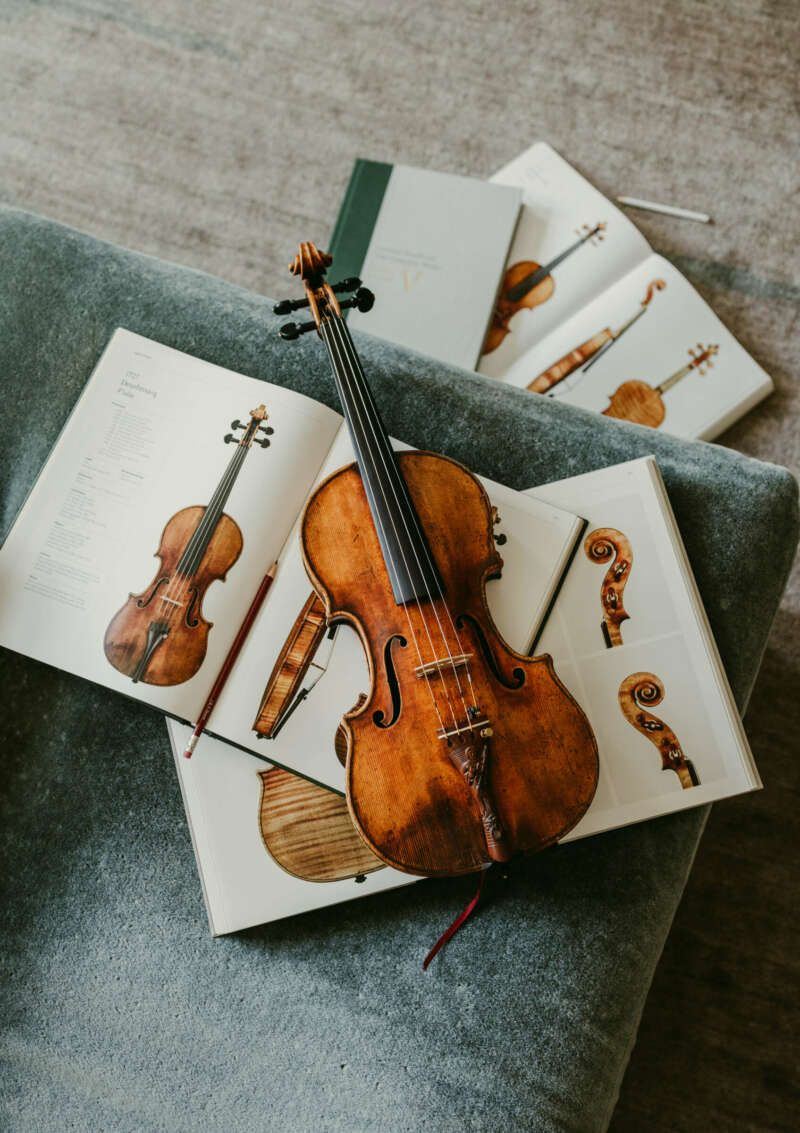
What is the difference between your publication and other collections like it? And in today's digital age, what makes this collection stand out?
We were fortunate to access original reliable sources that previous publishers simply didn’t have. This allowed us to piece together many instruments’ histories without relying solely on existing literature. The ability to cross-check information with various sources was essential.
We also aimed to include photographs of as many examples as possible. Most are high-quality color images, but in some cases, when instruments were no longer accessible or their whereabouts were unknown, we couldn’t photograph everything ourselves. To address this, we filled the gaps with archive photographs whenever we could. Ultimately, this publication offers the most comprehensive photo archive of Stradivari’s work, and we hope this record will help prevent any future confusion. The instruments are listed chronologically, making it easy to compare different years and periods of his craftsmanship.
We’re living in an era of unprecedented technological change. Most of the archival material we used to trace provenances is based on paper records from past and present dealers — none more valuable than the notes and ledgers of W.E. Hill & Sons, which provide incredible information. However, as we shift to digital accounting and constantly changing formats, it may become very challenging, if not impossible, for future generations to trace provenances for instruments made after the late 1990s. Additionally, confidentiality surrounding current owners further complicates tracking these instruments as they move across countries and continents. To assist future researchers, we included the names of the dealers involved in transactions, offering them a starting point for their searches.
Is this the reason for choosing the print format? Are you planning to make the book digitally accessible?
It is somewhat anachronistic, but we intended these volumes to serve as a timestamp. As they stand, the books reflect the state of knowledge in 2024. While the market is always changing and instruments frequently change hands, the print format helps safeguard the provenances from being altered or embellished.
Though we might consider adapted versions in the future, there are no immediate plans for a digital release.
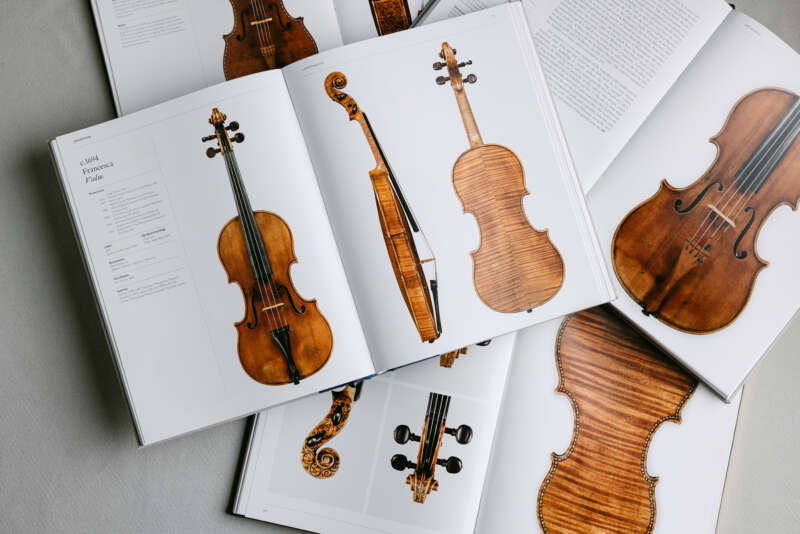 In regards to Stradivari’s legacy, could you explain why after 300 years this is still a relevant topic of research?
In regards to Stradivari’s legacy, could you explain why after 300 years this is still a relevant topic of research?
There is no other piece of technology that I know of that is 300 years old and still in use today. I’m referring to the actual object—not just the design or idea, like the wheel (the sundial is the only exception I can think of). It’s the magical blend of craftsmanship and acoustic science that makes Stradivari so captivating. The sheer output during his 93-year lifetime and the exceptional quality he maintained can never be equaled. Even now, today’s violin makers continue to copy his instruments, trying to replicate their wonderful tone and visual beauty, just as they have for centuries.
Stradivari’s legacy remains a relevant topic because his violins are the pinnacle of craftsmanship, celebrated for their rich, complex tones and projections that suit large concert settings. His instruments are regarded as masterpieces and cultural treasures, holding unmatched value in musical, historical, and financial terms. Despite modern advancements, researchers and luthiers still find it challenging to replicate his techniques, which adds to the mystique surrounding his work.
Moreover, the appeal of Stradivari’s instruments goes beyond music; collectors view them as links to history, investing in them as works of art and heritage. This unique blend of musical excellence, cultural significance, and ongoing scientific inquiry ensures that Stradivari’s violins continue to captivate us, even after 300 years.
The disclaimer at the beginning of the book mentions that the editorial team is not acting as an authentication committee. Could you explain how you decided which instruments to include?
Given the sheer volume of instruments attributed to the Stradivari workshop, it would be impossible for anyone to personally inspect each one. However, it was never our intention to act as an authentication committee. Instead, we relied on certificates and histories provided by leading experts throughout the history of the instruments. We categorized the included instruments into three distinct groups:
· Featured Instruments: This group highlights particularly interesting examples for which we had a complete set of photographs.
· Standard Format: Most instruments fall into this category, which includes three views to provide a comprehensive visual representation.
· Additional Format: This category covers instruments with limited or incomplete archival sources, allowing us to acknowledge their existence while clarifying gaps in documentation.
This structured approach helps us present a well-rounded view of Stradivari’s work while maintaining transparency about the sources and documentation associated with each instrument.
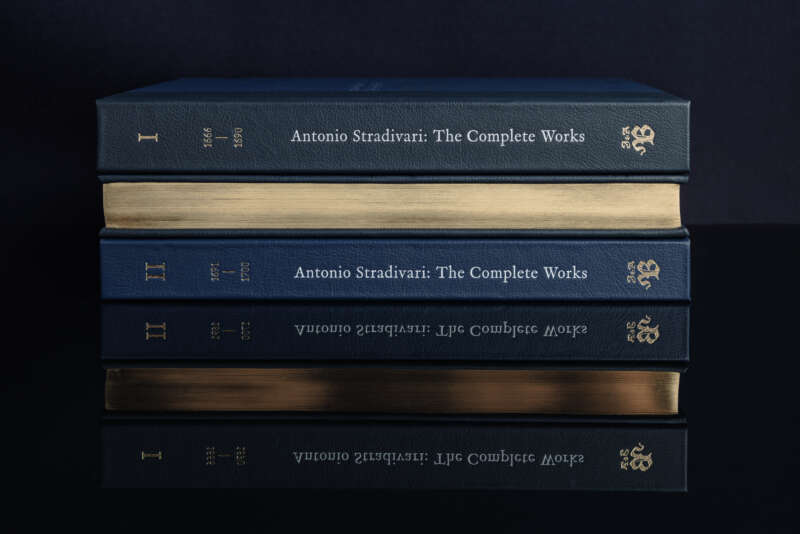
Have you included the work of Stradivari’s sons?
Absolutely. Antonio Stradivari's sons, Francesco and Omobono, play an essential role in his legacy. Our head of research, John Dilworth, believes that, although Stradivari’s workshop included his sons as well as other craftsmen. every instrument leaving the workshop until Antonio’s death would have been thoroughly vetted by him. He was clearly in charge, aware of his dominant position in the market and committed to maintaining quality for his elite clientele.
While some entries may indicate attribution to one of the sons (or "showing the hand of" their work), we have chosen to classify all instruments produced while Antonio was alive as part of his body of work. We believe that future scholars will be better positioned to explore the contributions of his sons and analyze their impact on the Stradivari legacy.
june 2025
july 2025



